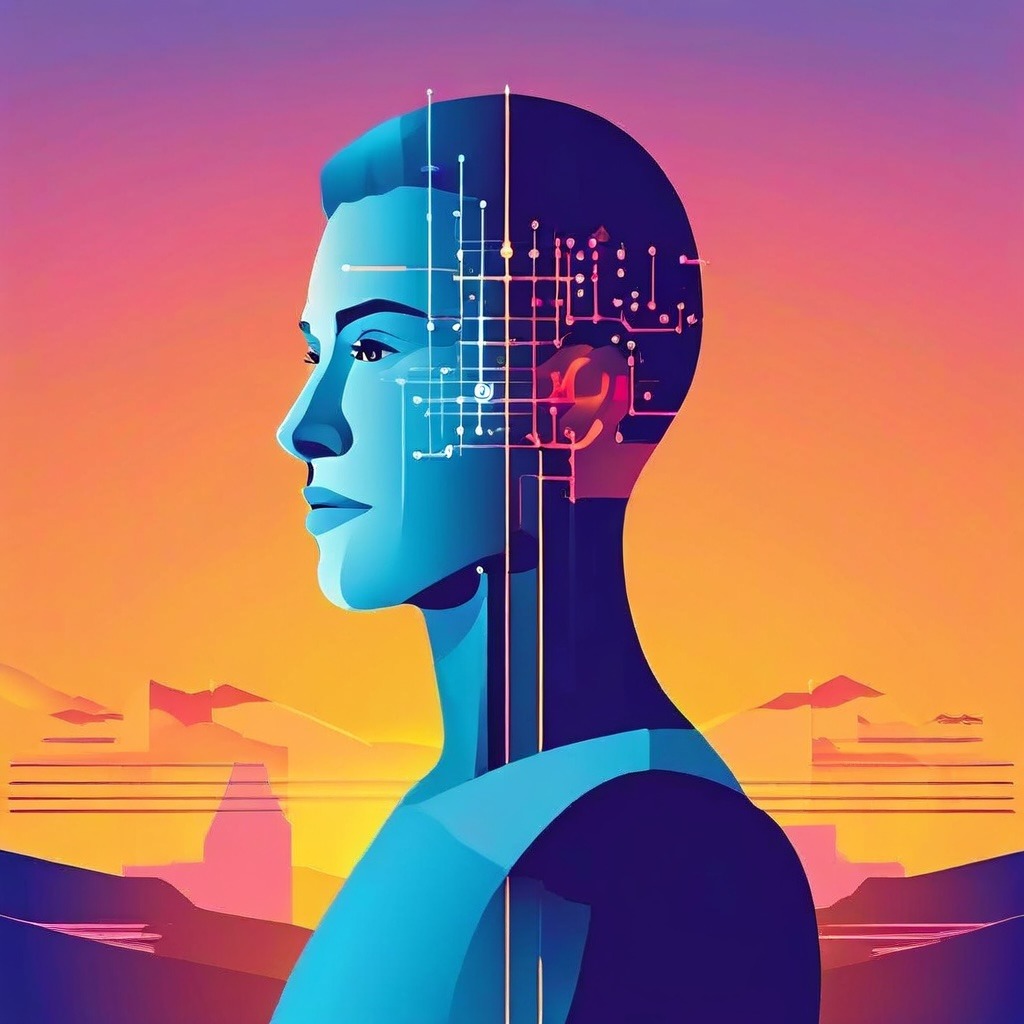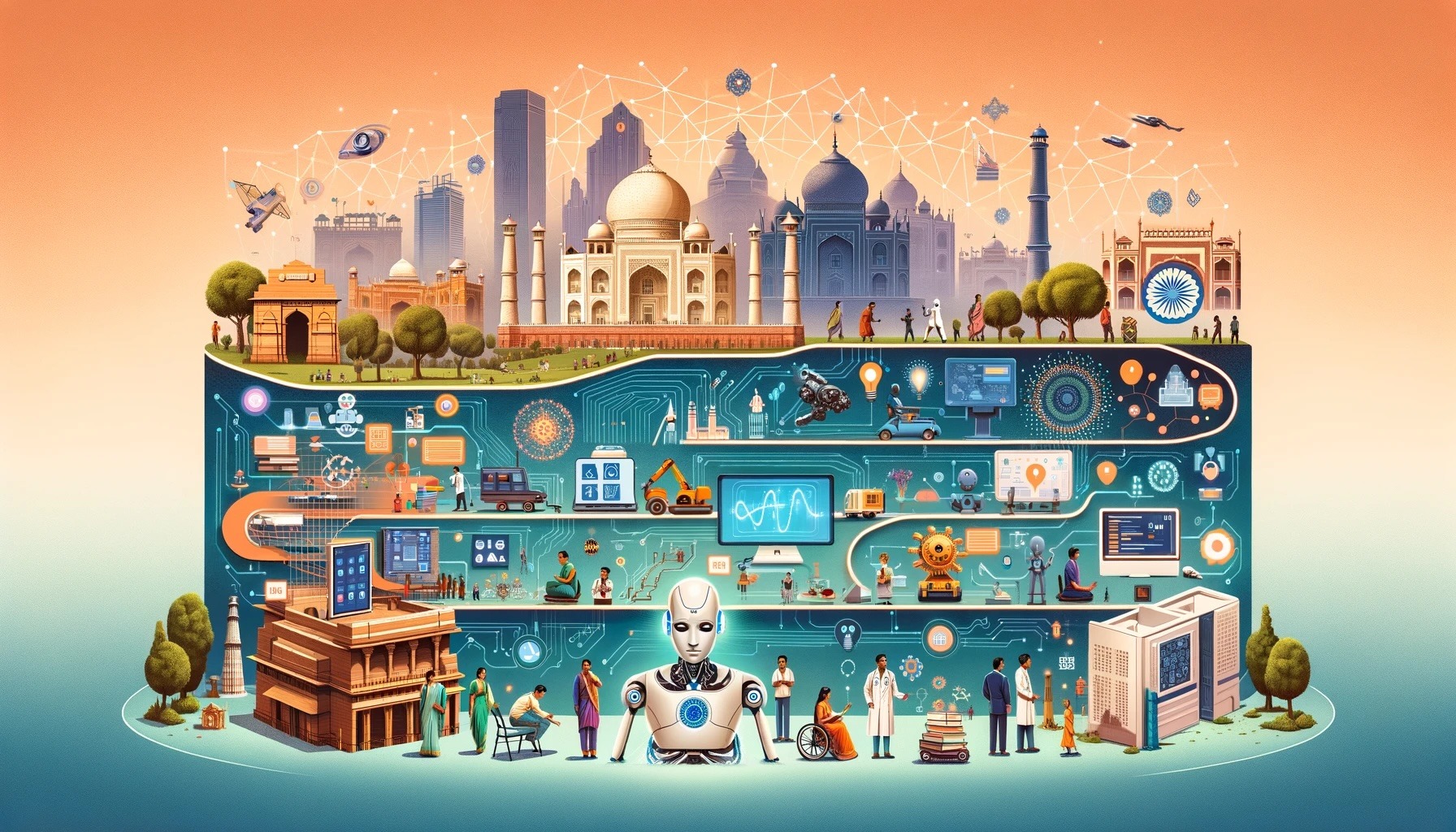In recent years, the landscape of computing has witnessed a significant transformation, especially in the field of generative artificial intelligence (AI). The introduction and integration of Neural Processing Units (NPUs) in computers have been a game-changer, providing unparalleled computational power and efficiency necessary for the complex tasks that generative AI demands. This blog post delves into the world of NPU processors, exploring their impact and benefits in the realm of generative AI.
Understanding NPUs and Their Role in AI
An NPU is a specialized microprocessor designed for the acceleration of neural network calculations, which are fundamental in AI applications. Unlike traditional Central Processing Units (CPUs) that are designed for general-purpose tasks, or even Graphics Processing Units (GPUs) that handle graphical and parallel processing tasks efficiently, NPUs are tailor-made to process AI and machine learning algorithms.
The architecture of an NPU is optimized for high throughput and low latency, essential for the vast amount of data processing and real-time decision-making required in AI. This specialized design enables faster processing of complex neural networks, making NPUs particularly suitable for generative AI applications, where the generation of new, synthetic data points from existing data sets is a computationally intensive task.
Advantages of NPU-Based Computers in Generative AI
Enhanced Computational Efficiency
Generative AI models, such as Generative Adversarial Networks (GANs) or transformers, require significant computational resources. NPUs address this need by providing enhanced efficiency in matrix operations and parallel processing, which are pivotal in training and running these models. This efficiency not only speeds up the processing time but also reduces the energy consumption, making NPU-based systems more sustainable and cost-effective.
Improved Accuracy and Speed
The precision offered by NPU-based computers is crucial for generative AI applications. Whether it’s generating realistic images, creating synthetic data for training other AI models, or even composing music, the accuracy of these outputs heavily depends on the processing capabilities of the underlying hardware. NPUs ensure that these tasks are not only completed with higher accuracy but also at a significantly faster rate compared to traditional processors.
Scalability for Complex Models
As AI models grow in complexity, the scalability of the computing infrastructure becomes a key concern. NPUs provide a scalable solution that can handle the increasing demands of advanced generative AI models. This scalability ensures that as AI models evolve, the computational infrastructure can evolve in tandem without requiring complete overhauls of the system.
Applications of NPU-Based Computers in Generative AI
Image and Video Generation
One of the most prominent applications of generative AI is in the field of image and video generation. From creating photorealistic images to generating video sequences, NPUs enable rapid processing and rendering, which is crucial for these data-intensive tasks. This has implications not only in creative fields like digital art and entertainment but also in practical applications such as virtual reality and augmented reality.
Data Augmentation and Synthetic Data Generation
In the realm of machine learning, the availability of large and varied datasets is often a limiting factor. Generative AI models running on NPU-based systems can create synthetic data that can augment existing datasets, providing a richer and more diverse data pool for training other AI models. This is particularly valuable in fields like healthcare, where data privacy concerns limit the availability of real-world data.
Natural Language Processing
Generative AI models have made significant strides in natural language processing (NLP), from creating realistic chatbot responses to generating entire articles. NPU-based computers enhance the capabilities of these models, allowing them to process and generate language with greater complexity and nuance.
The Future of NPU-Based Computing in AI
The integration of NPUs into computer systems is not just a current trend but a glimpse into the future of computing in the AI era. As AI applications continue to grow in complexity and prevalence, the demand for specialized hardware like NPUs is expected to rise. This shift marks a new era in computing, where hardware is increasingly being designed with AI-first approaches.
Challenges and Considerations
While the benefits of NPU-based computers in generative AI are clear, there are challenges and considerations to be addressed. One is the cost of developing and integrating these specialized processors, which can be higher than traditional CPUs and GPUs. Additionally, there’s a need for specialized software and tools optimized for NPU architectures, which are still in development.
NPU-based computers represent a significant step forward in the field of generative AI. Their specialized architecture provides the computational power, efficiency, and scalability necessary to advance AI applications. As technology continues to evolve, the role of NPUs in AI will undoubtedly expand, paving the way for more innovative and complex AI solutions. The marriage of NPUs and generative AI is not just a technological advancement but a cornerstone in the journey towards a more AI-integrated future.





